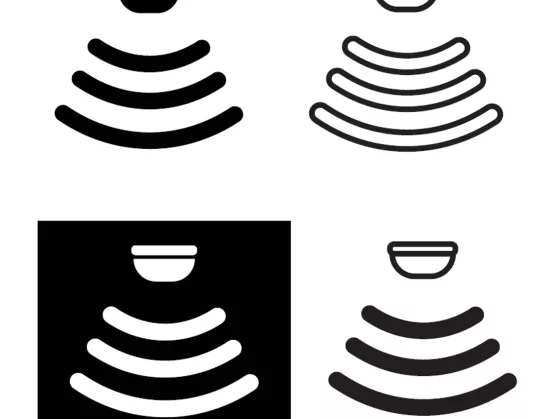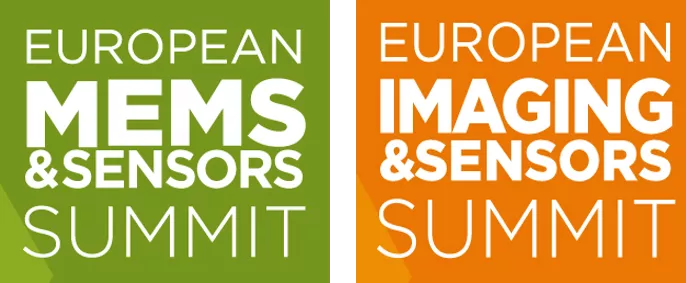
SEMI's Serena Brischetto caught up with Zimmer and Peacock Director Martin Peacock to discuss sensor opportunities and challenges ahead of the European MEMS & Sensors and Imaging & Sensors Summits.
SEMI: Sensors enable a myriad of sensors and applications, from measuring caffeine in coffee and the hotness of chillies and ions in the blood of patients, to the detecting sulfite levels in wine. But what is, in your opinion, is the hottest application today?
Peacock: The hot topic now is point-of-care testing for medical diagnostics and wearable biosensors including continuous glucose monitoring sensors for Type 1 Diabetics. At the moment, there are three CGM market leaders: Dexcom, Abbott and Medtronic. But in addition several companies are currently developing CGM technologies.
SEMI: What are engineers working on to improve sensors' efficiency?
Peacock: Though many groups are working on increasing sensor sensitivity, the big issues are manufacturing and the repeatability of manufacturing. Our engineers are currently working on making our manufacturing repeatable.
The issue with biosensors and medical diagnostics is that the volumes of sensors are much lower than the manufacturing volumes traditionally experienced in the semi-conductor industry. This is simply due to the fact the human health market is a very fragmented market and so, outside of diabetes, it is hard to identify a high-volume biosensor or medical diagnostic that is required at the volumes that the semiconductor industry would consider high volume.

SEMI: And what are the main challenges?
Peacock: Making biosensors at high volume, with a tight tolerance and at a low cost. As discussed above, the issue with biosensors is they are not necessarily required art high volumes, so a manufacture is trying to produce high-quality products but where the manufacturing volumes are relatively low – all the while trying to do this at a price point that the market can bear. To summarise, the main challenge in biosensors one would say ‘this is a very fragmented market.’
SEMI: What techniques are currently being deployed by Zimmer and Peacock to overcome those challenges?
Peacock: Zimmer and Peacock has a proprietary database system for organizing our development and manufacturing data so we can track manufacturing quality and determine how we are performing. We are dealing with the fragmented market by having a platform approach where we are ensuring that all our clients are sharing the same supply chain up to the point where we functionalise the biosensors with their specific biochemistry. This means that our clients are getting the economies of scale, even though they require their products in relatively small volume.
SEMI: What do you expect from SEMI European MEMS & Sensors Summit 2018 and why do you recommend attending in Grenoble?
Peacock: Zimmer and Peacock expects to meet inspiring experts who share our own vision. This vision is that MEMs and Sensors are a critical part of a number of social and commercial revolutions, including the Internet of Things (IoT), Sensor Web and the growth of the Invitro Diagnostics Market (IVD). We are also interested in finding supplier who can be part of our supply chain.

European MEMS Sensors Imaging Sensors Logo
Serena Brischetto is a marketing and communications manager at SEMI Europe.